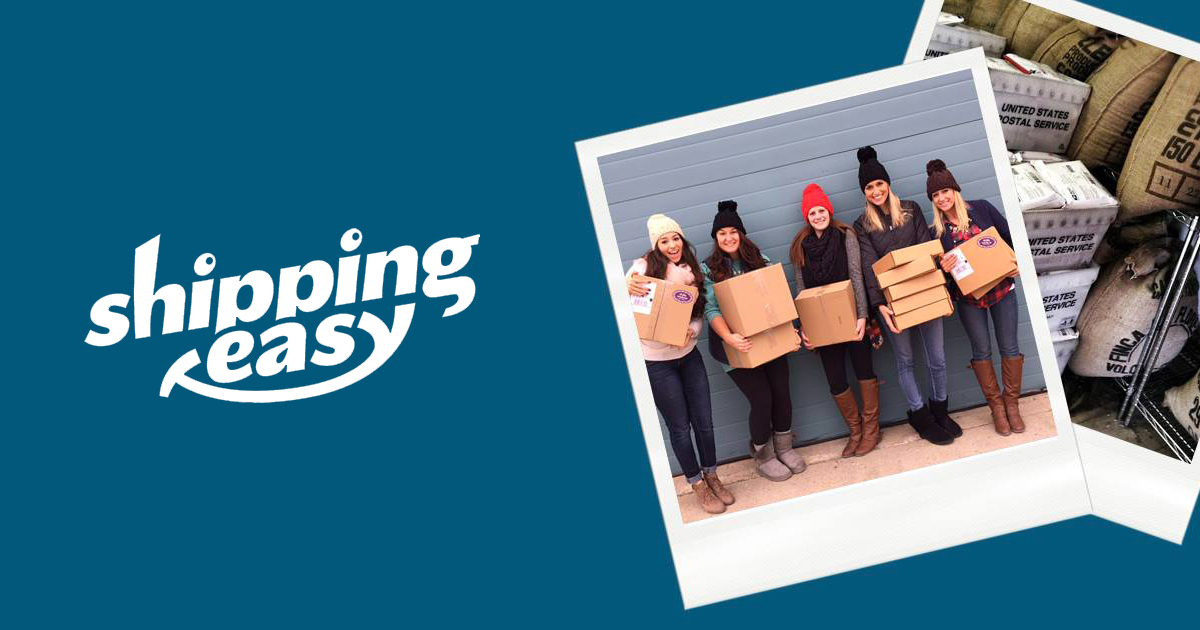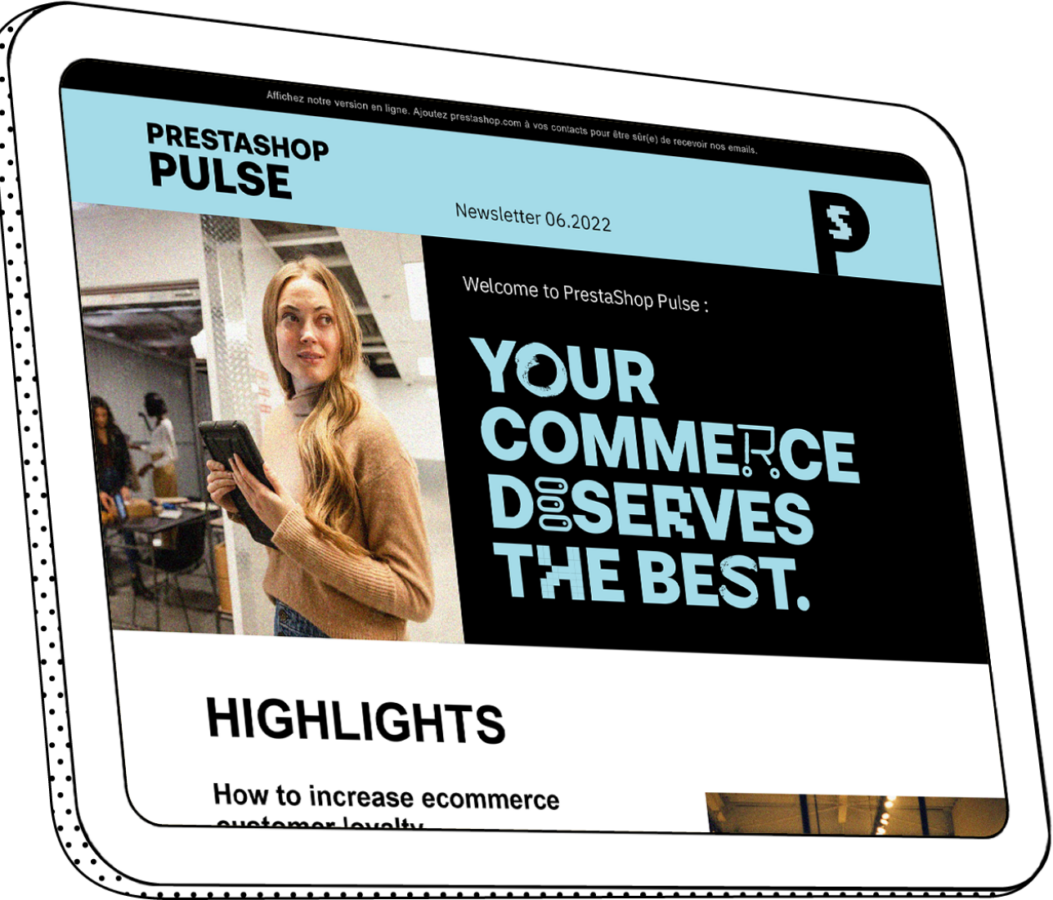
Comparing 3 Major Shipping Carriers - UPS vs. FedEx vs. USPS
“Which shipping carrier should I use for my business?” This question usually rears its head as an online seller becomes more successful and consequently, has more orders to ship. To help merchants narrow down and select the right shipping service for their business needs, we’ve asked Olivier Trunkett, from ShippingEasy, to compare the different shipping solutions available for merchants in the United States.
Read on to see what he shares!
There are three major carriers available in the United States: UPS, FedEx and the United States Postal Service (USPS). These brands are familiar to most Americans and are associated with reliable shipping to consumer residences. Although each carrier has specific strengths, their differences aren’t as stark as they once were. The carries all have strategies to serve the e-commerce market and continue to improve their pick-up, service, delivery options and tracking to meet online sellers’ (and buyers’) needs.
As a result, USPS now has exceptional 1-3 day Priority Mail capabilities, FedEx and UPS offer competitively priced ground solutions, and services like FedEx SmartPost and UPS SurePost leverage USPS for final package delivery to residences buying online.
If carriers are so similar now, how do I pick the best one for my business?
In my experience, online sellers are most concerned with price and reliability. Let’s take a look at how these 3 major carriers stack up on these and other important criteria.
United States Postal Service (USPS)
First, let’s remove the misconception that USPS is not appropriate for a business. Too many sellers still associate USPS with holiday cards, junk mail and bills. In reality, the USPS has improved all of its delivery and ecommerce services and is focused on winning this segment – starting with low prices on the lighter weight items most often ordered online. Let’s see how USPS stacks up.
Price
USPS is the cheapest shipping solution for packages under 2 pounds. If the package is less than 13oz there is literally no comparison. (Most other carrier rates start from 1 lb. or 16 oz.) USPS offers a service called First Class Mail for shipping packages up to 13oz, starting at .93, if you’re using an online shipping solution. Or if you head to your local Post Office, retail prices start at $2.32. USPS focuses on being the low-cost provider, and in most cases they succeed. Their Priority Mail service has improved its delivery times, provides delivery date estimates based on zone and further reduced their rates in late 2014. They also offer extremely competitive flat rate boxes and unique regional rate boxes for heavier packages.
Extra Fees
USPS doesn’t tack on the surcharges all too common with UPS and FedEx – namely for residential delivery and fuel surcharges. They also offer free package pickup and Saturday delivery at no extra charge. My advice is to make sure that you look at the “total cost to deliver” with all surcharges when comparing carriers. All too often sellers just look at the base cost.
Reliability
This is USPS’s Achilles heel. Its reputation was tarnished long ago, and despite a vast improvements in the last 3 years, trust takes a long time to rebuild. After working with thousands of sellers since 2012, their improved point-to-point tracking seems to be winning over online sellers. On the other hand, USPS doesn’t always guarantee delivery time, but rather refunds postage in the event that a package doesn’t arrive on time. Many sellers look for more reassurance with items that absolutely must arrive overnight – and are not interested in a claims process. This might mean you’ll want to use a private carrier for time-sensitive packages.
Federal Express (FedEx)
FedEx has an excellent reputation and a brand name that just might impress your customers. You might want to consider this carrier for time-sensitive packages or high-value items where a trusted brand is crucial to your customers.
Price
FedEx can be more expensive than UPS on their expedited services like overnight and 2-day shipping; however, they can be very competitive on rates when it comes to ground shipping, even when compared to USPS.
Discounted Rates
While UPS rates have to be negotiated in person, FedEx has started to initiate discounted rates on some services using online specials. Access is as simple as signing up for an online account. It’s worth doing a Google search with “FedEx online specials” and other keyword variations to see what new offers are available. Extra Fees: FedEx and UPS will tack on fees for things like residential delivery (costly for online sellers), fuel surcharges, Saturday delivery and package pickup unless you are a large shipper with daily pick up.
Reliability
FedEx takes delivery time very seriously, and all but guarantee a package will arrive when they say it will, except in rare circumstances such as extreme weather and holidays.
Tracking
Tracking individual packages with FedEx works very well. Numerous scans keep track of packages throughout their journey and useful information is available at every checkpoint.
United Parcel Service (UPS)
UPS actually delivers more packages ordered online than any other carrier. You can think of “brown” as the market leader, with USPS and FedEx competing fiercely for your business. In this case, competition is good for you and your bottom line!
Price
General opinion is that UPS ground shipping is great for packages that weigh in at the 2lb+ mark. While this may be true, negotiated rates play a big role in determining what is ultimately cheaper. You will want to compare your negotiated rates – fully loaded with the applicable surcharges – to rates from the other carriers to determine what’s actually cheaper.
Discounted Rates
It’s up to you to negotiate your UPS rates directly with an Account Manager based on your delivery volume. Use your network as a starting point to both leverage their advice and ballpark rates for various “net minimum” volumes. This will help you evaluate the offered rates. Make sure to get a clear explanation of all surcharges and then add these to establish a “total cost” if you’re planning to compare to other carriers. You want an "apples to apples" comparison; too often I see sellers look at the bare bones price instead of the fully loaded price. You can expect a nasty surprise at the end of the month on your invoice if you’re not careful.
Extra Fees
UPS tacks on extra fees just like FedEx, and doesn’t have any free package pickup service that I know of.
Delivery Reliability
Just like FedEx, UPS takes delivery reliability very seriously, rarely suffering delays (other than that rotten holiday back in 2013).
Tracking
UPS has some of the best tracking for online sellers, with innovative features such as package update text messages available to customers.
Deciding on a Shipping Carrier
To pick the best carrier for your shipments, you want to have a good idea of your shipping profile. Ask yourself the following questions:
- What does my average order weigh?
- What is the maximum and minimum weight of my orders?
- What sort of boxes or envelopes or poly mailers am I likely to use?
Weight, dimensions and distance are what drive shipping cost for both you and the carrier. Once you have an idea of what you’ll be shipping and packaging, you’re ready to compare the rates, services and delivery options from each carrier.
For example, if you ship lightweight apparel, you will find USPS First Class shipping hard to beat. When packages start to hit the 2 lb. mark, you will want to explore the ground services offered by all three carriers, and compare the fully loaded cost and average delivery times of each.
Inexpensive items that don’t have to be shipped within a precise timeframe might be suited for FedEx and UPS’ low-cost shipping solutions SmartPost and SurePost. Many sellers mix and match shipping services depending on common order types.
If you’re shipping less than 50 orders per month, you might want to start with USPS where the rates are readily available and you don’t need an account, invoicing or negotiations.
As you grow, you’ll have the volume to make your negotiations more successful and your options plentiful with the private carriers!
Ready to start shipping products from your online store?
Get started by installing ShippingEasy’s module directly from your back office, or downloading the ShippingEasy Module from PrestaShop Addons. Through their service, you’ll get:
- 46% Savings off USPS Rates
- Easy carrier integration with USPS, UPS and FedEx
- FREE starter plan for up to 50 shipments per month
- Exceptional customer support





